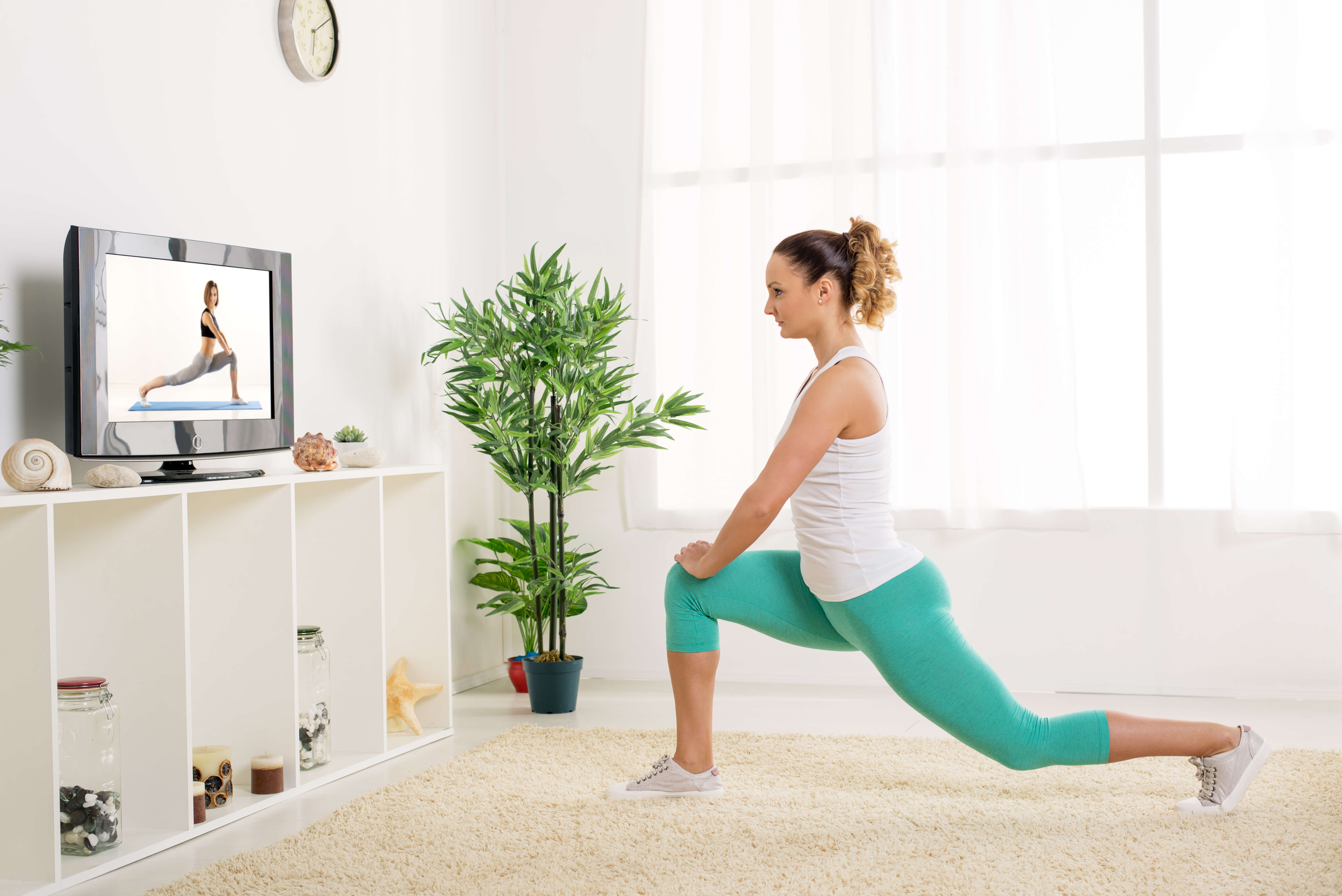Up to 16% of all women experience chronic pelvic pain at any given time. Pelvic pain can also be described as hip pain but usually relates to pain between the hips. The pelvic area contains many important muscles and vital organs. As a result, pain in this area can be a major cause of concern.
What can cause pelvic pain?
Several conditions can cause pelvic pain. Internal conditions, such as endometriosis or irritable bowel syndrome, are common causes of pelvic pain. Other cases of pelvic pain are caused by stretched or torn muscles. You can help prevent this kind of pelvic pain by exercising, stretching and warming up before physical activity.
When should you seek immediate help for pelvic pain?
If your pelvic pain developed suddenly, is sharp and severe, or you are pregnant, it is important to seek medical attention immediately. You should also seek medical attention if your symptoms include:
- Fever.
- Difficulty standing.
- Blood in urine.
However, if your pelvic pain is bearable and linked to muscular overuse or injury, physical therapy exercises and techniques can help ease your pain and increase your mobility.
5 tips for reducing pelvic pain at home
Pelvic pain that is excruciating or lasts longer than a few months should be treated by a health care professional. If your pain is not that serious but is causing discomfort and daily challenges, you should try:
- Gentle strengthening exercises — It’s important to rest to help limit inflammation and give your pelvic muscles a break. However, staying active and strengthening the muscles and tissue around your pelvis is important. Stronger muscles can better support your inflamed pelvic area and ease pain. One example of gentle strengthening exercises is Kegel exercises, which can strengthen your pelvic floor and increase functionality.
- Gentle stretches — Pelvic pain can occur as a result of poor posture and a misaligned pelvis. Certain stretches can encourage your pelvis back into alignment and ease pain. Stretches like the legs up the wall pose can increase your mobility and encourage your muscles and joints into alignment.
- Applying heat — Applying heat can help reduce the discomfort in your pelvis by encouraging blood flow to the area. As a result, using a heating pad or sitting in a tub of warm water can help reduce pain. It’s important to note that any swelling or inflammation that might be the cause of your pain can be exacerbated by heat. If there is any inflammation in the pelvis or if you’re not sure, you should wait a few days before applying heat.
- Pain medication — Over-the-counter pain medications and anti-inflammatory medications can help reduce pain in your pelvis. While they do not address the root cause of your pain, they can help increase your functionality and help you get back to your daily routine.
- Quitting smoking and alcohol use — Smoking restricts your blood flow, which reduces the amount of oxygen and nutrients your pelvis receives. Plus, the nicotine from smoking can trigger inflammation in the nerves, which may be connected to your pelvic pain. In addition, drinking alcohol can dehydrate the body and should also be avoided.
Why is pelvic health important?
The pelvis is crucial to overall health and well-being. It balances the spine, protects internal organs and supports the torso. The pelvic floor is also crucial to daily functions. This set of muscles gives us the ability to control when we go to the bathroom. In addition, it helps stabilize and provide balance to the entire body, as well as circulate blood and lymphatic fluid.
Because the pelvic floor is so central to our sense of well-being, maintaining its muscles through stretches and exercises — regardless of existing pelvic pain — can help prevent discomfort in the future. When feeling pelvic pain, taking care of your pelvis can be even more crucial.
Whatcom PT is ready to help you address your pelvic pain
Are you suffering from chronic or moderate pelvic pain? Physical therapy may be able to help you. Our physical therapists at Whatcom Physical Therapy are trained and experienced in identifying causes of pelvic pain and helping reduce the pain.
Contact us today to talk to one of our team members about finding relief from your pelvic pain.






